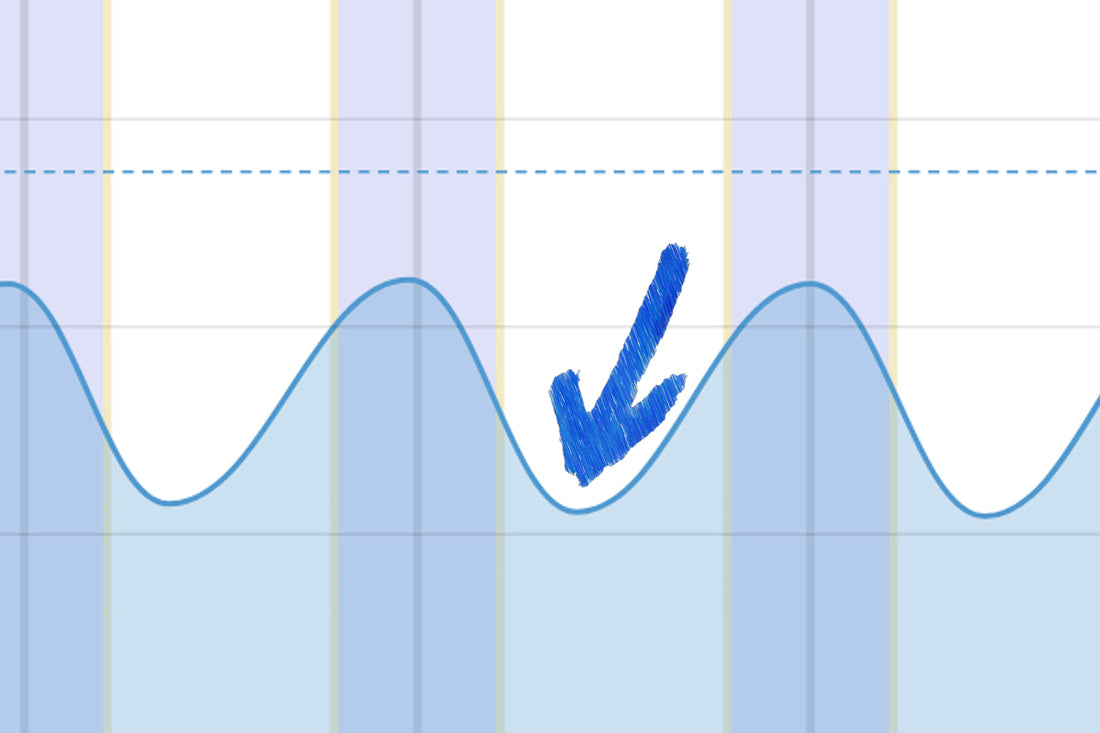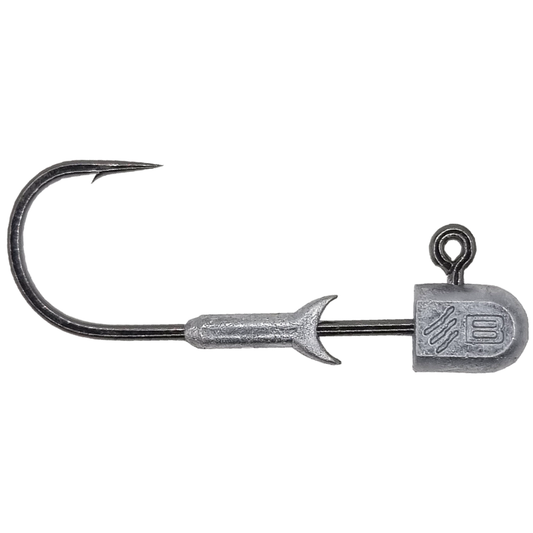
What Are Bream Doing At Low Tide
Share
On a low tide, bream behavior changes as they adapt to the reduced water levels and altered access to their usual feeding grounds. Here’s a look at what bream typically do during a low tide and how you can adjust your fishing approach to match their behavior:
1. Moving to Deeper Water
As the water recedes, bream tend to move from shallow flats and structures that are exposed or too shallow to provide cover. Instead, they often shift to deeper pockets, channels, and drop-offs where they still have enough water depth for protection.
Fishing Tip: Target deeper areas like the edges of channels, holes, and around submerged structures that still hold some depth. Casting near the base of piers, marinas, and jetties can also be productive, as these areas are less affected by tidal changes.
2. Sticking Close to Structure
Bream rely on structures like rocks, pilings, and other underwater obstructions for safety and food. Even in low tide, they’ll stick close to these areas but may concentrate in deeper spots around these structures.
Fishing Tip: Look for structures that still retain some water, such as the lower sections of rocks and man-made structures. Casting close to these structures can yield good results since bream will often be found at the edges.
3. Becoming More Cautious and Selective
With lower water levels, bream can become more cautious because they have less cover to protect them from predators. They may become more selective with their food sources, especially in clear, shallow water.
Fishing Tip: Use natural, subtle presentations. Smaller soft plastics or lightly weighted lures can be effective since they move slowly and stay in the strike zone longer without spooking the fish.
4. Feeding Opportunistically in Crevices and Eddies
- Low tide can concentrate food sources in tighter spaces, like crevices around rocks and eddies along the banks. Bream will take advantage of these areas where smaller prey might be trapped or more accessible.
- **Fishing Tip**: Work these tighter spaces carefully with a slow retrieve or even a "hop and pause" technique. This approach mimics prey movement and can trigger bream to strike when they are feeding opportunistically.
5. Adjusting to Slower Currents
Depending on the location, low tide often brings slower currents, especially in creeks, rivers, and sheltered estuaries. With less water movement, bream become more sensitive to unnatural movement and noise.
Fishing Tip: Switch to lighter jigheads and use minimal movement on your lures. Try casting upstream or across the current and allowing your lure to drift naturally, which can mimic the movement of natural prey and appear more lifelike to wary bream.
In summary, on a low tide, bream are likely to be in deeper water, close to structures, and more cautious. They might not be as active as during high tide, but targeting deeper pockets, structure edges, and using subtle presentations can increase your chances of success.







